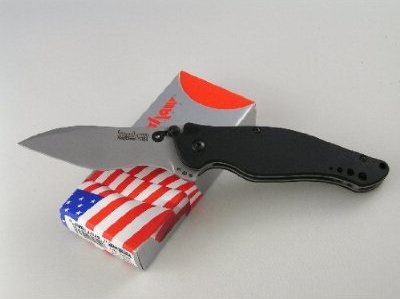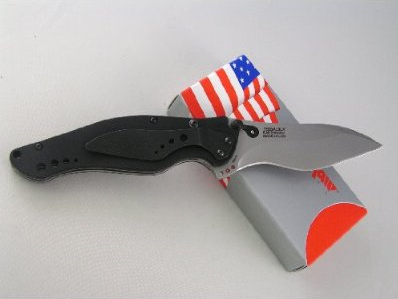The American Civil War was not fought by highly trained, professional armies, but by a whole population forced to fight for the family values and ideals they believed in.
This made it a unique war in many ways, not least in the types of weapons that were used. The large majority of weapons carried through the conflict were old-fashioned and rudimentary as the tide of the battle seemed to rely more on fighting spirit than superior modern technology.
Typical tools were bayonets, sabers, swords, short swords, cutlasses, Bowie knives, pikes and lances which were all produced in profusion during this period. They are a delight to modern collectors and were often spectacular decorations for their users but actually inflicted few casualties. Of approximately 250, 000 wounded victims treated during the war, only 922 were victims of edged weapons.
One reason for this was the troop's lack of training. Although a bayonet is dangerous in the hands of a trained trooper, the volunteer horsemen had difficulty handling them and so avoided using them.
Furthermore, until recently swords were the symbol of an American officer's authority and served this primary function in the Civil War. Officer's kept their short but useless artillery swords as decorative items rather than using them as they were supposed - to disembowel the horse and kill any rider who stood in their way!
Lances were also serious weapons in the hands of trained troopers but fairly ineffectual for the volunteers. The weapons shortage in the South meant troops were armed with lances and pikes but they were often abandoned if a more practical weapon could be found.
As edged weapons were more decorative than useful they make fabulous collectibles for the Collectors of Civil War weaponry as most of them are in very good condition. Classic Civil War Confederate 'D' Guard Bowie style fighting knives are typical finds. These knives will often show crude Southern workmanship with a long iron blade which may have been fashioned from an old file - the edge of the blades sharp with a spear point scratches in the surface. They will sell for an average of $2000. It is rare to find a Confederate made fighting knife still with its original scabbard and this will increase its value to $3000 or more.
To find products of interest to the reenactor and collector of U.S. Civil War replicas and Civil War gifts click the link below.
All Comments are Welcome and Appreciated.














